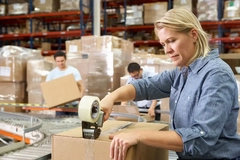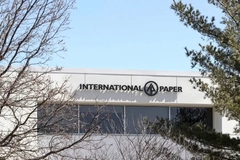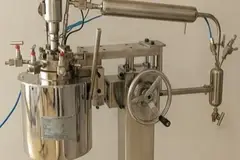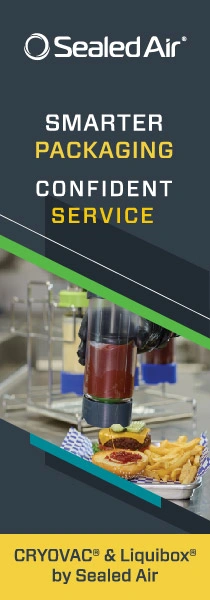Plastic waste and coffee grounds turned into CO2-capturing material by scientists
Key takeaways
- Scientists at the University of Sharjah have patented a method that uses spent coffee grounds and PET packaging waste to create activated carbon for CO2 adsorption.
- The low-cost technology turns waste into an adsorbent while reducing industrial emissions and supporting a circular economy.
- The technology could be used in water and air purification, as well as energy sector applications, helping mitigate pollution and reduce landfill waste.
Scientists at the University of Sharjah, United Arab Emirates, have patented a technology that captures CO2 from industrial processes. The innovation combines spent coffee grounds, discarded PET plastic packaging, and potassium hydroxide to create a material for CO2 adsorption.
The patent presents a novel method with the potential to reduce environmental pollution, industrial emissions, and anthropogenic CO2. It focuses on producing activated carbon through the co-pyrolysis of spent coffee grounds and PET plastic waste, using potassium hydroxide as the activating agent.
Dr. Haif Aljomard, lead inventor of the technology, says: “What begins with a Starbucks coffee cup and a discarded plastic water bottle can become a powerful tool in the fight against climate change through the production of activated carbon.”
“This invention repurposes two abundant waste streams — coffee and plastic — into a high-performance adsorbent. The resulting activated carbon shows strong potential for capturing CO2 from fossil fuel-based energy systems, contributing to the reduction of air pollution.”
Waste-to-resource approach
The process operates at 600 degrees Celsius, offering a sustainable solution that supports “waste valorization and climate change mitigation.” Aljomard highlights the effectiveness of chemical activation, the importance of surface area and pore structure, and the waste-to-resource approach that underpins the technology.
The inventors report that their method requires low production costs due to the affordability and availability of raw materials.
Professor Chaouki Ghenai, co-inventor and specialist in sustainable and renewable energy at the University of Sharjah, comments: “This invention exemplifies circular economy principles by integrating waste streams for dual valorization and upcycling into valuable products. Through carbonization and chemical activation, we eliminate the need to landfill these materials, protecting the environment from their harmful effects.”
The scientists anticipate the technology’s applications in water and air purification as well as the energy sector, such as solvent recovery, natural gas purification, flue gas cleaning at waste incineration plants, exhaust air treatment, process gas purification, pollutant removal, and emission control.











